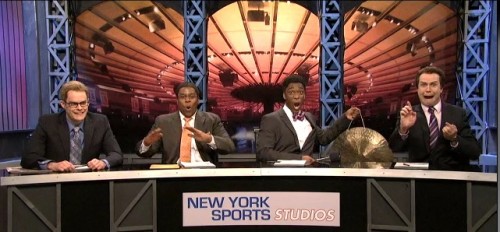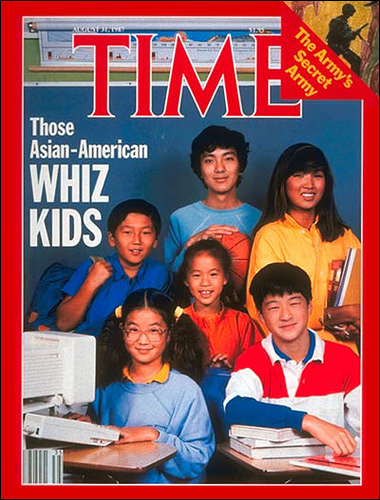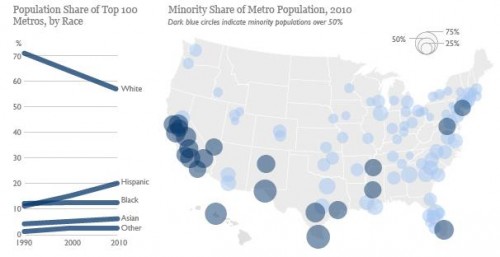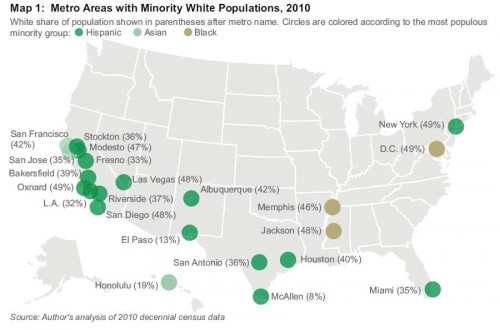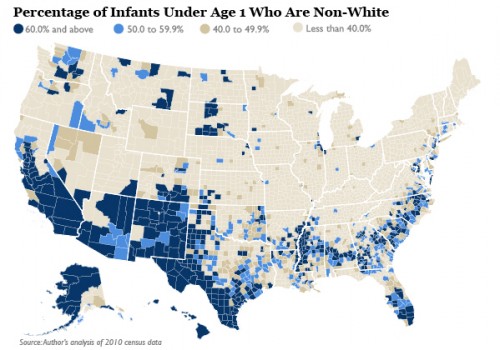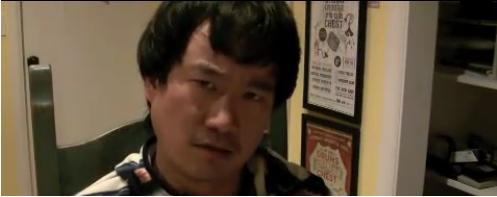Cross-posted at Global Policy TV.
Recent research has unearthed the interesting finding that most Americans dislike atheists. In fact, they strongly dislike atheists. Surveys suggest that they’d rather share a beer with almost anyone, even members of historically-hated groups: homosexuals, African-Americans, or Muslims (yes, even after 9/11). This phenomenon is new in American society, as I’ll discuss below, and reflects a significant change in our social alliances.
But first, consider this data published by Penny Edgell and her colleagues in the American Sociological Review (full text). It reveals that Americans believe that atheists, more than many other groups, are not likely to agree with their “vision of American society.” Atheists topped the list, beating out the second contender, Muslims, by 13 percentage points. Likewise, among the types of people Americans would not want their children to marry, atheists come first, beating out Muslims (again) by 14 points and African Americans by a full 20.
This dislike for atheists, by the way, isn’t on the wane. While dislike of gays and lesbians has been easing, racism has become increasingly unacceptable, and religious diversity has become less contentious, intolerance for non-believers has held steady.
An even more recent article revealed that the reason people dislike atheists so much has to do with trust (cite). Many people are skeptical that someone who doesn’t believe in God would do the right thing, given that they don’t imagine that a higher power is watching them and keeping score. Atheists were more distrusted than Muslims, Jews, gay men, and feminists. The only group that was as strongly suspected of bad behavior as atheists? Rapists.
What is interesting in all this – above and beyond a clear prejudice against atheists – is the change in how Americans think about religion. Until recently, members of different religious saw each other as enemies, not friends. American history is characterized by “long-standing divisions among Protestants, Catholics, and Jews” (Edgell et al.). Many of us can remember how significant it was to elect the first Catholic president (something we take for granted as unremarkable now) and we are on the precipice of nominating a Mormon to run on the Republican ticket.
Indeed, historical data shows that Americans have been increasingly willing to vote for a Catholic or Jewish Presidential Candidate (as well as an African American and homosexual candidate), but their willingness to vote for an atheist is lagging behind:
The take home point has to do with shifting social alliances. Now that most Americans have abandoned a strong dislike for members of other religions, it’s possible for The Religious to emerge as a socially-meaningful identity group. In other words, once members of different religions begin to see each other as the same instead of different, they can begin to align together. Suddenly atheists become an obvious foe. Instead of one of many types of people who had lost their way (along with people of different faiths), atheists could emerge as uniquely problematic. It is the building of cross-religious alliances, then, that undergirds the strong dislike for atheists specifically.
Lisa Wade, PhD is an Associate Professor at Tulane University. She is the author of American Hookup, a book about college sexual culture; a textbook about gender; and a forthcoming introductory text: Terrible Magnificent Sociology. You can follow her on Twitter and Instagram.



